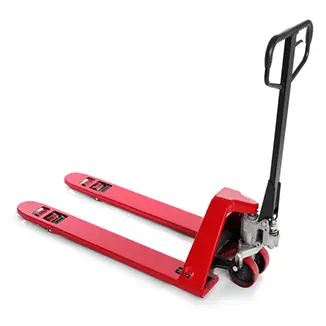


Manual Chain Hoist A Comprehensive Overview
A manual chain hoist, also known as a chain block or hand chain hoist, is an indispensable equipment in various industries and applications where lifting heavy loads is necessary. This simple yet effective tool utilizes a chain and pulley system to lift and lower objects with minimal effort. It is particularly favored for its portability, ease of use, and reliability, making it a go-to choice for construction sites, warehouses, and workshops.
Design and Operation
The fundamental design of a manual chain hoist consists of a chain, a housing unit, a lifting mechanism, and hooks for attachment. The hoist operates on a basic principle when the operator pulls on the hand chain, the internal gears engage, allowing the load chain to either extend or retract. This lifting mechanism is geared to multiply the force applied by the operator, enabling them to lift heavy objects without the need for electrical power or complex machinery.
One of the most appealing aspects of manual chain hoists is their versatility. They can lift loads ranging from a few hundred pounds to several tons, making them suitable for various applications. The load capacity and height of lift depend on the specific model, but most hoists offer a robust design that supports heavy-duty use.
Safety Considerations
When using a manual chain hoist, safety should always be a priority. It is essential to inspect the hoist regularly and ensure it is in good working condition before use. Check the chain for wear, verify that the hooks are not damaged, and ensure that the entire system is free from defects. Operators should also be trained in proper lifting techniques to avoid accidents and injuries. Overloading the hoist or using it outside its intended specifications can lead to equipment failure, posing serious risks.
Moreover, using the correct PPE (Personal Protective Equipment) when operating a manual chain hoist is vital. This may include helmets, gloves, and safety shoes to protect the operator from potential hazards.

Advantages
The advantages of using a manual chain hoist are manifold. First and foremost, they are cost-effective. Unlike electric hoists or cranes, manual chain hoists do not require an electrical supply, making them ideal for use in remote locations or areas where power is not readily available. They are portable and can easily be transported from one site to another, adding to their effectiveness in various environments.
Additionally, manual chain hoists are relatively simple to operate. With minimal training, most individuals can learn how to use them proficiently, making them an accessible solution for companies with limited resources for specialized equipment training.
Applications
Manual chain hoists are widely used across multiple sectors. In construction, they are essential for lifting beams, scaffolding, and heavy materials into place. In warehouses, they assist in loading and unloading goods from trucks or shelving units. Additionally, they are useful in automotive repair shops for lifting engines or heavy machinery for servicing.
In manufacturing, these hoists help move products along assembly lines and are an integral part of many industrial processes. Their adaptability allows them to fit into various workflows seamlessly.
Conclusion
In conclusion, a manual chain hoist is a reliable and efficient tool for lifting heavy loads effectively. Its simple design, portability, and cost-effectiveness make it a valuable asset in numerous industries. By adhering to safety protocols and proper operational procedures, users can harness the full potential of the manual chain hoist while minimizing risks and ensuring smoother workflows. For anyone involved in lifting tasks, investing in a quality manual chain hoist is a decision that will undoubtedly enhance productivity and safety on the job.



